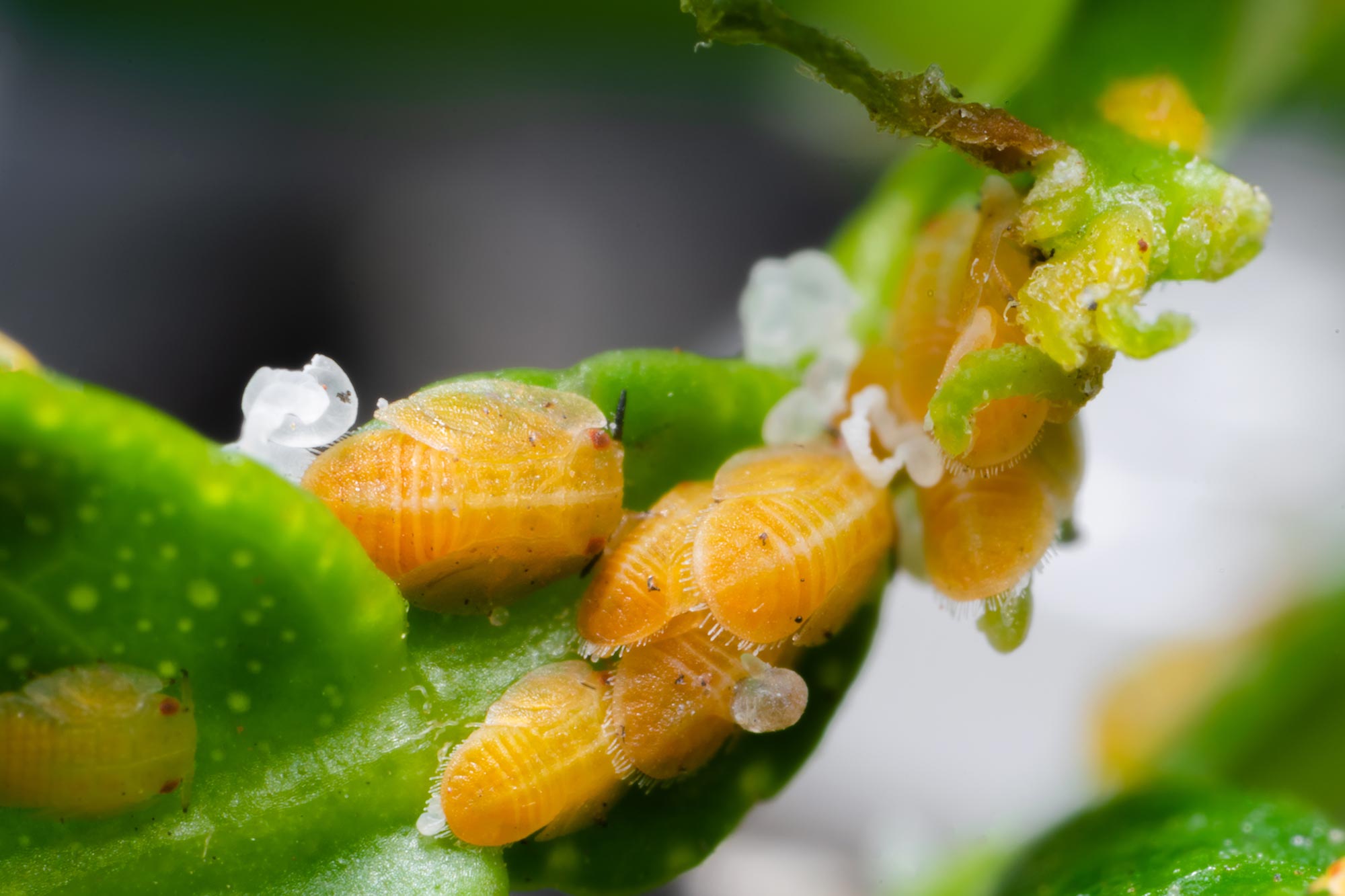Researchers have made a groundbreaking discovery inside a tiny organism that could change our understanding of pest control and evolution. An international team of biologists found a bizarre, never-before-seen tubular structure within Profftella, a bacterium closely associated with the Asian citrus psyllid, a notorious pest threatening citrus crops worldwide. This strange structure, unlike anything previously documented in similar organisms, could hold the key to new pest management strategies and deeper evolutionary insights.

Revolutionizing Pest Control and Evolutionary Biology
Scientists believe that understanding the function of this new tubular structure could lead to innovative methods for controlling the spread of the Asian citrus psyllid. This pest is a major concern for citrus growers, as it spreads the destructive citrus greening disease. The partnership between the pest and the Profftella bacterium is crucial for the pest’s survival, and this discovery could help disrupt their relationship.
This research not only opens new frontiers in pest management but also sheds light on the complex evolutionary relationships between insects and their symbiotic bacteria. As scientists continue to study this unusual structure, we may soon see breakthroughs that benefit both agriculture and science.